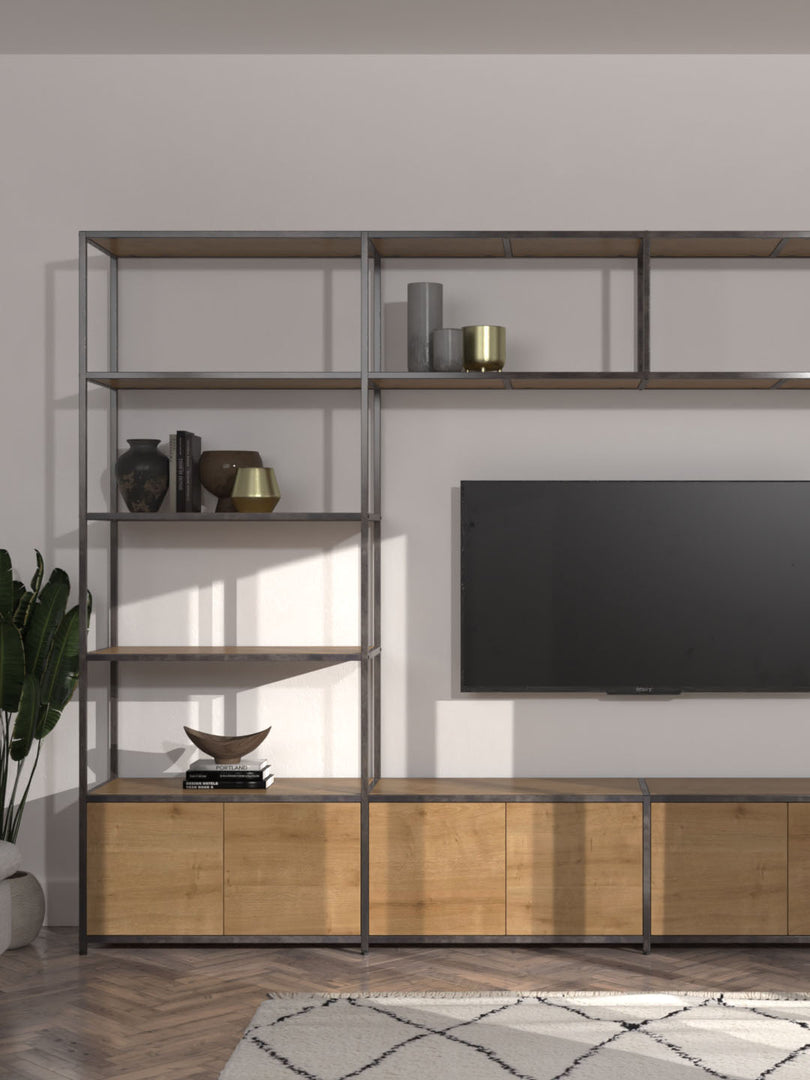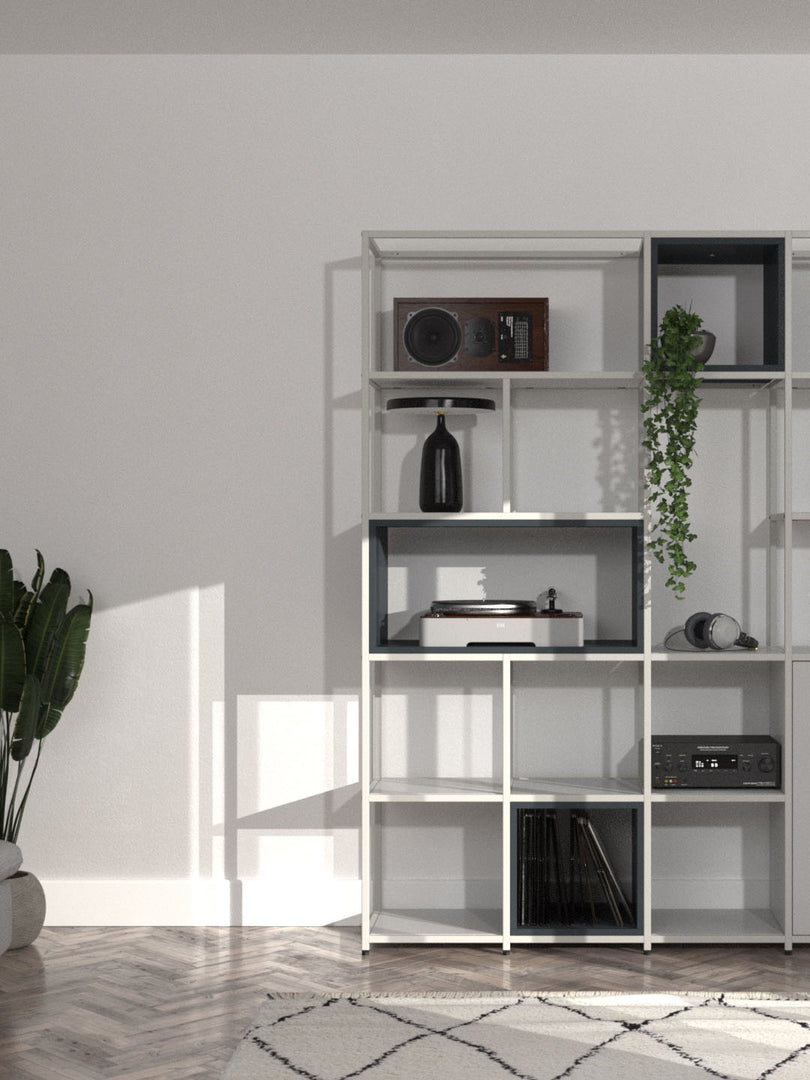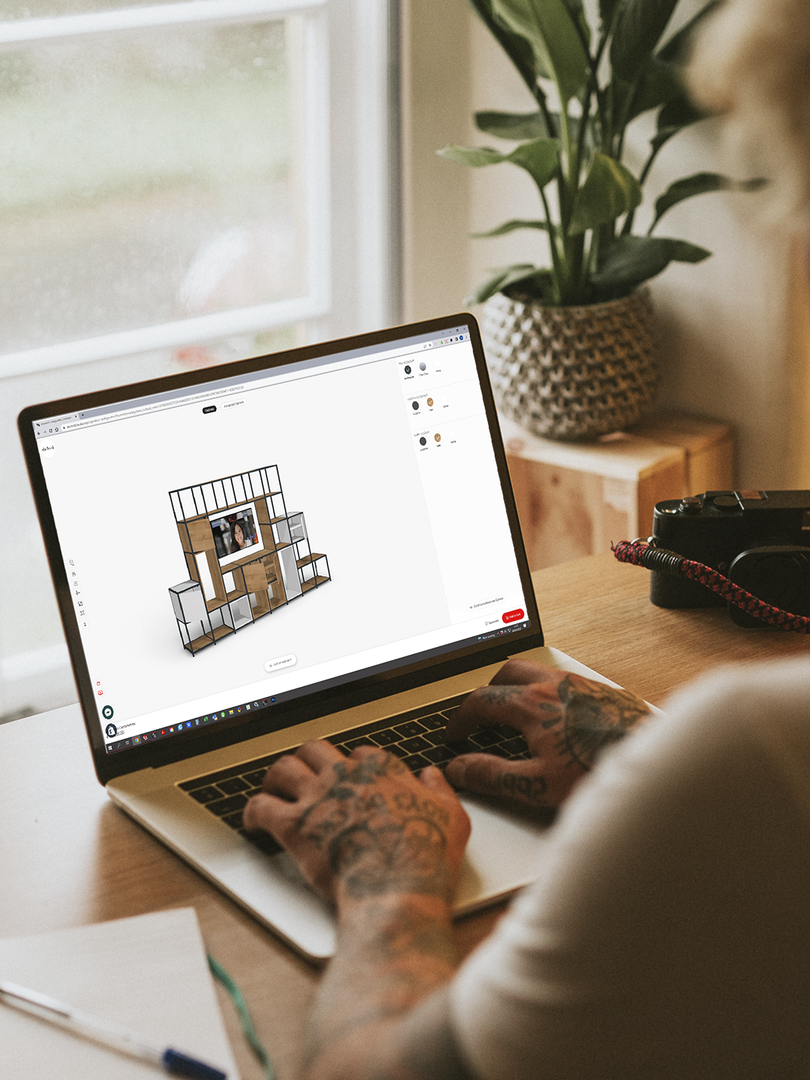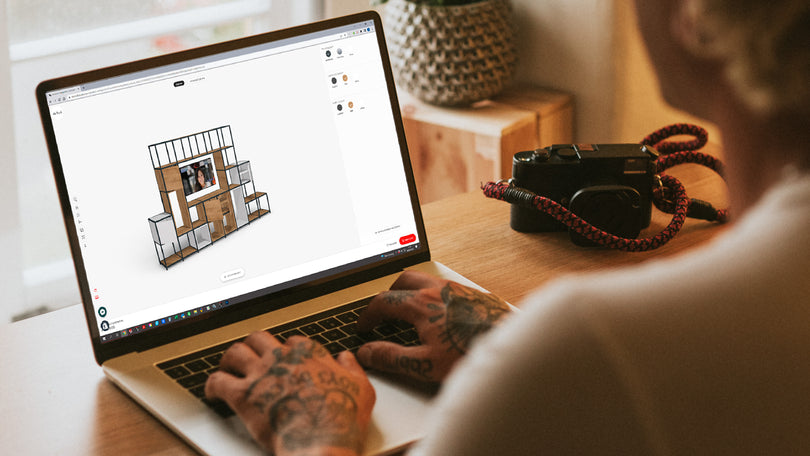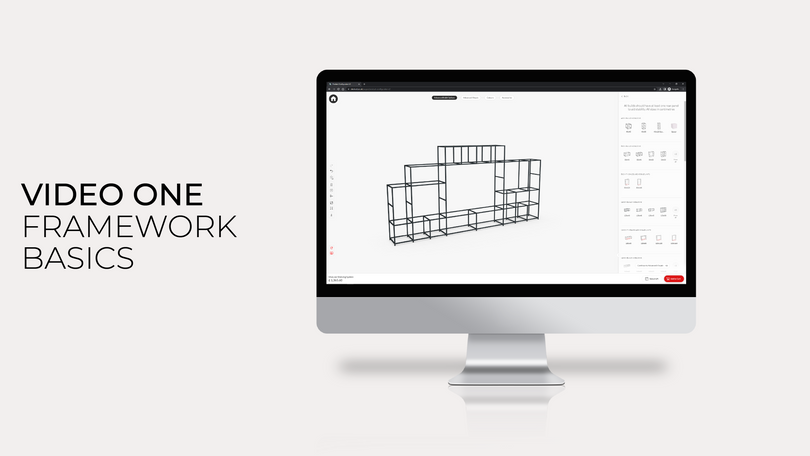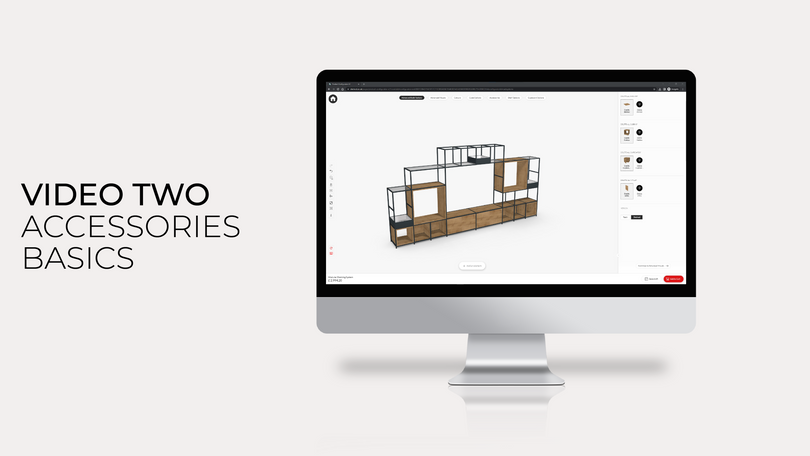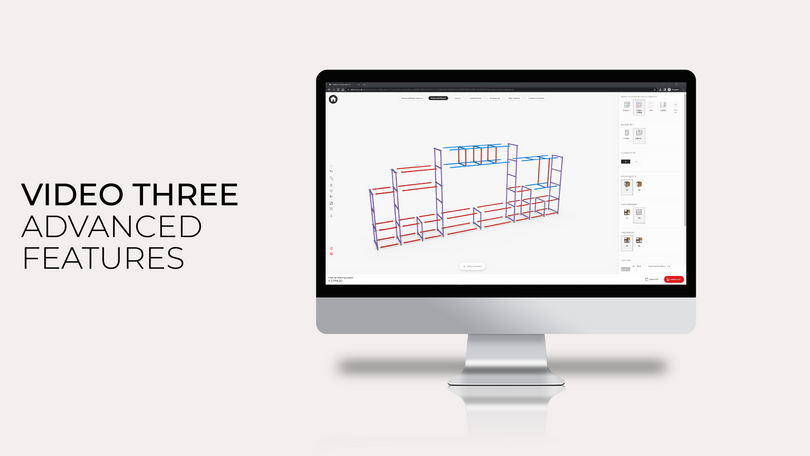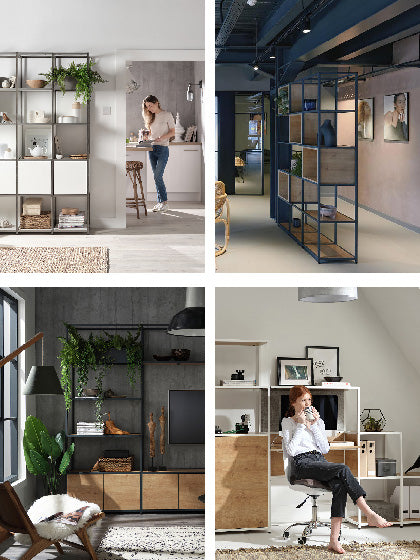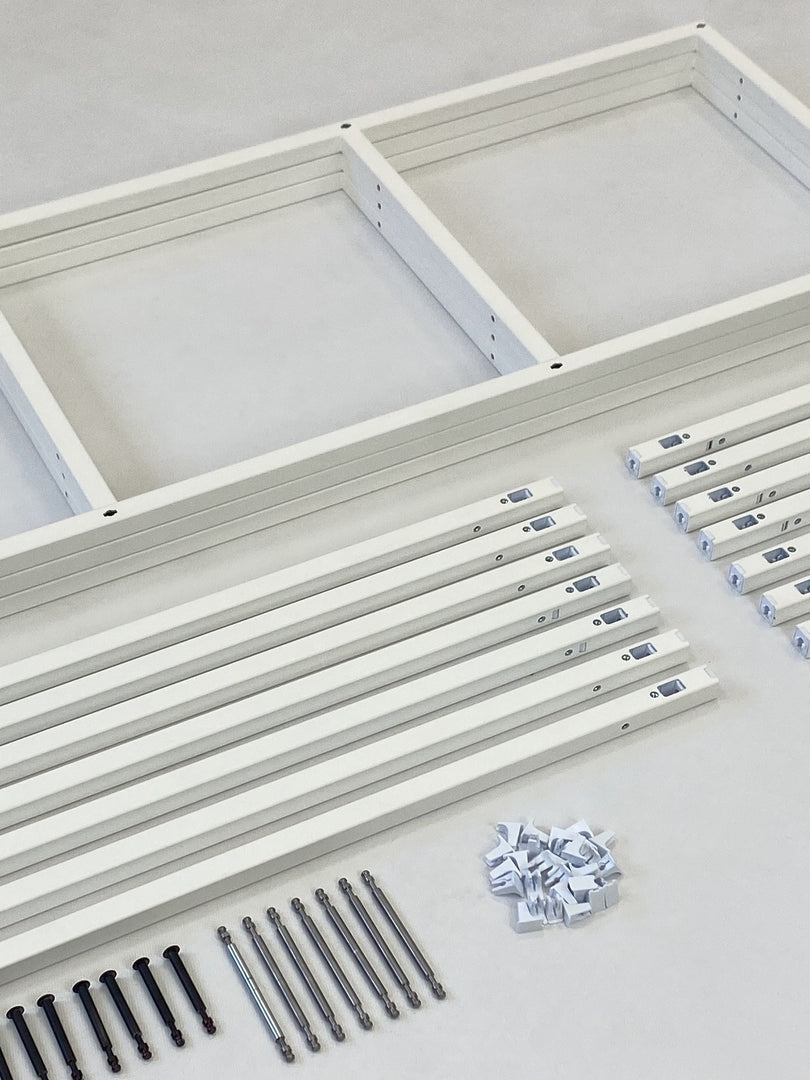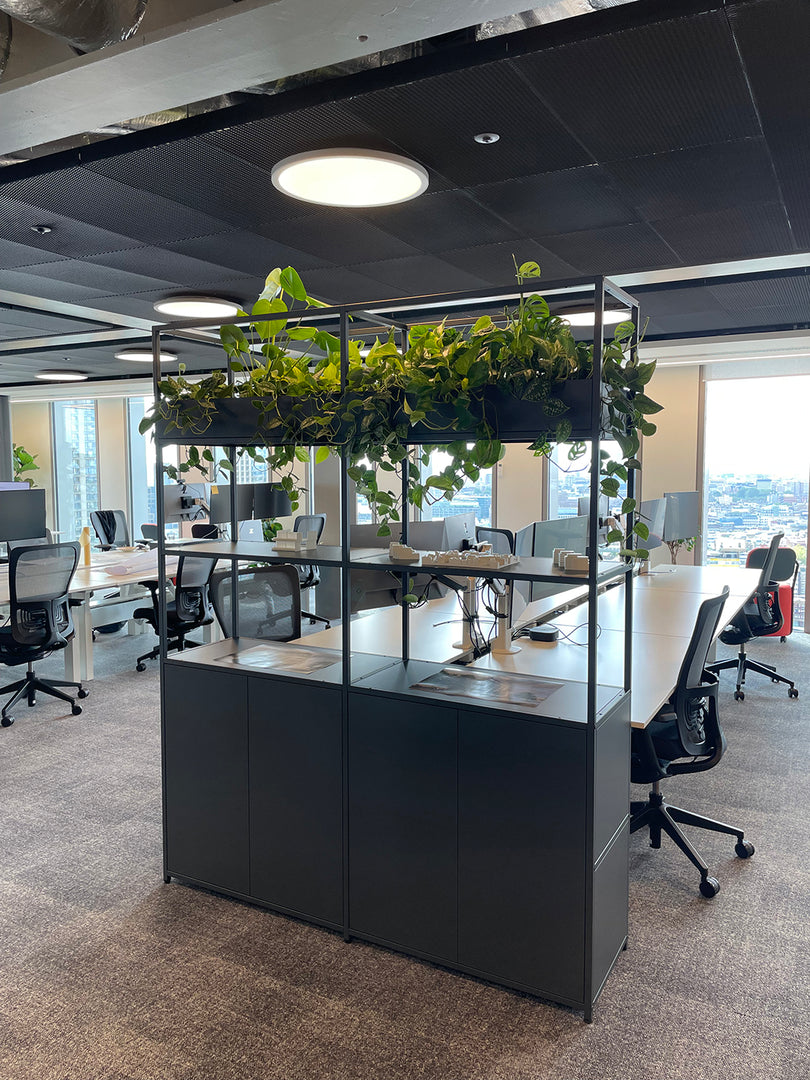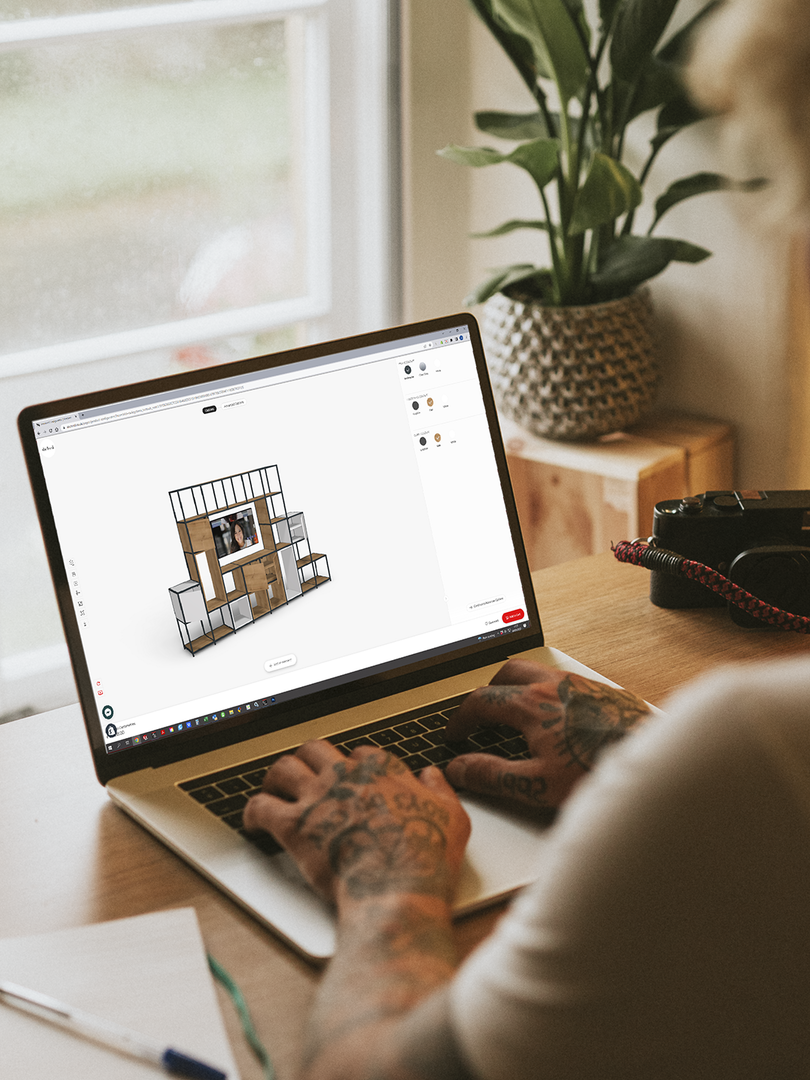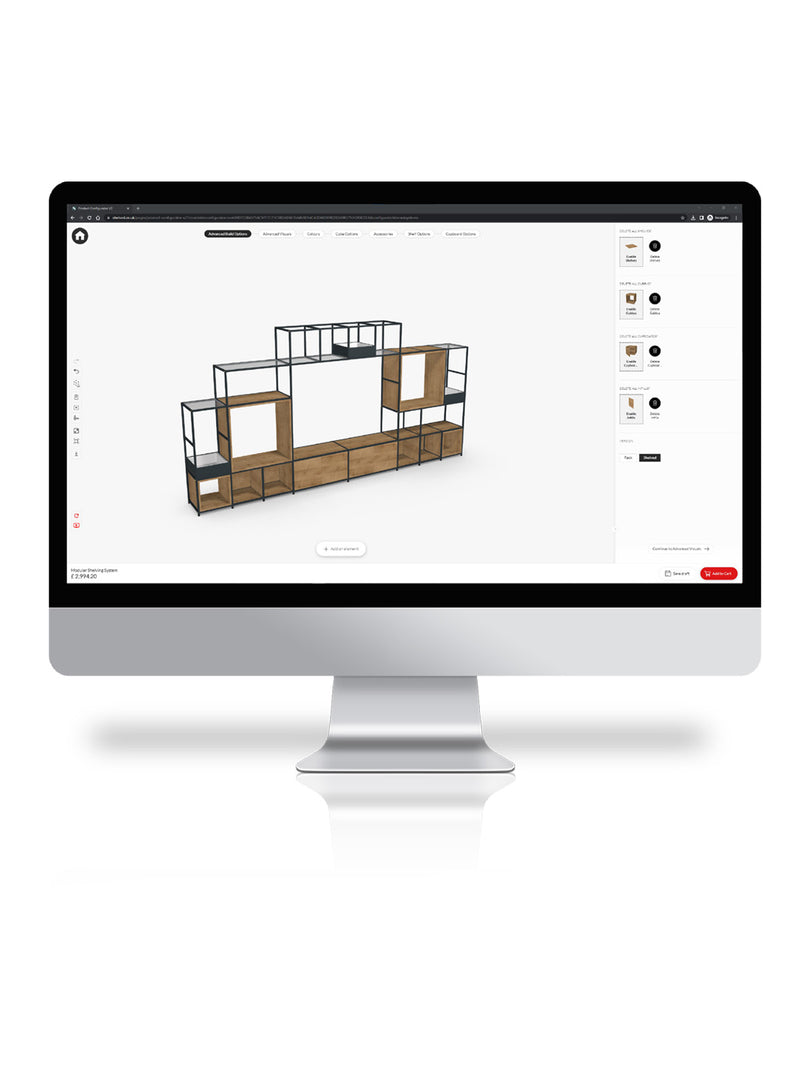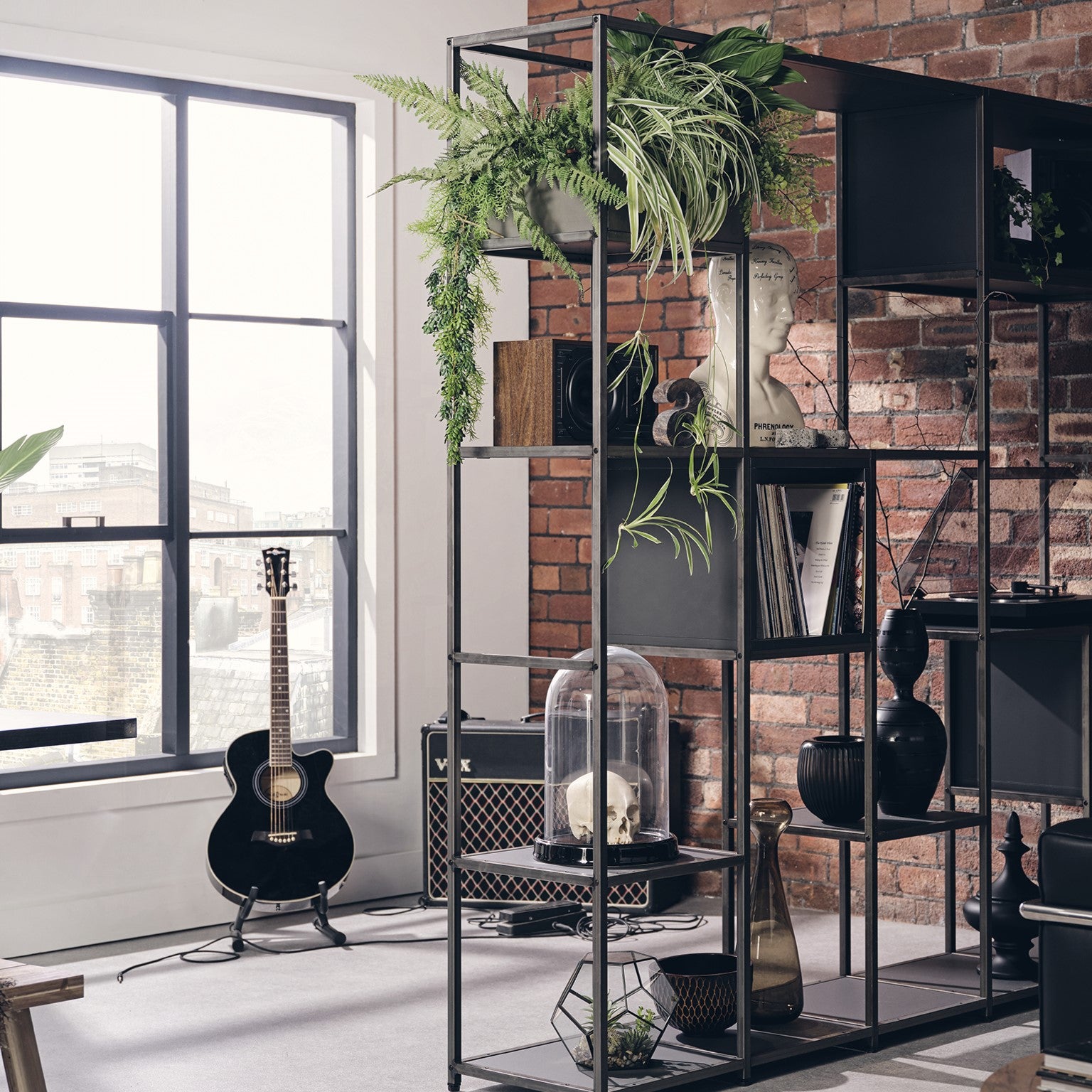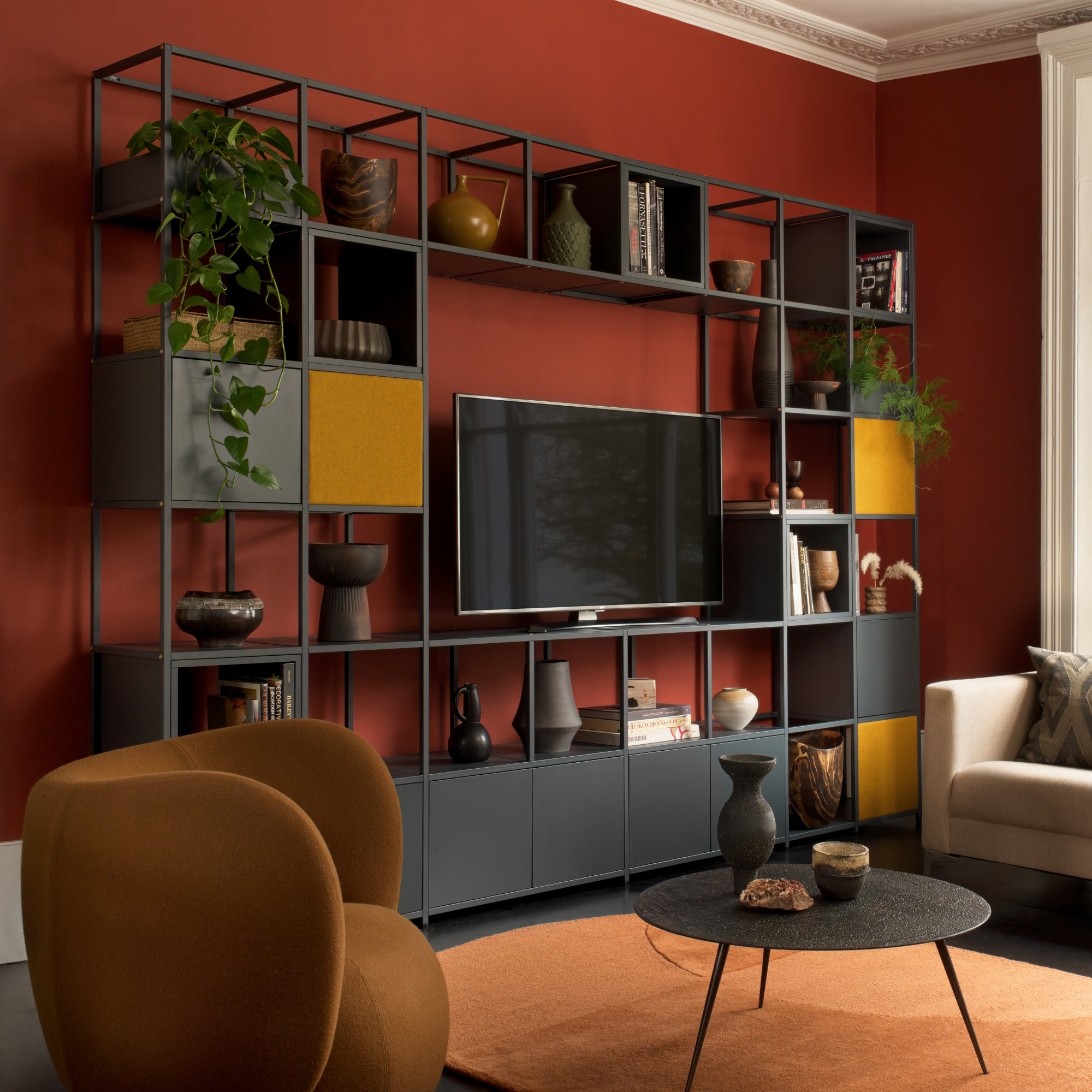Kids grow up so fast and often their favourite colours, toys, and cartoons can change as quickly as their shoe size. Realistically, even the most dedicated parents don’t have the time, money, or patience to constantly update their child’s bedroom decor to match their ever-changing interests. Repainting the walls every few weeks? Not happening!
Instead, it's essential to design a bedroom that your child will love now and still enjoy in six years. A thoughtfully designed space can transition smoothly from the early years through adolescence, saving you time and money in the long run. Here are some key tips to consider when creating a room for your child.

1. Start with a Neutral Base
While it's extremely tempting to go all-in on a specific theme like an underwater world, a jungle adventure, or the latest pop culture craze, these trends will quickly fade and your child will hate their room within a couple of years.
Instead, opt for a neutral colour palette for the walls and larger furniture pieces. This allows for greater flexibility as your child's tastes evolve. Soft greys, whites, and beiges are timeless options that can serve as a versatile backdrop. However, this doesn't mean your child's room should lack personality or vibrancy. Incorporate life and character with fun bedding, cool artwork, and funky accessories. It's like having a blank canvas that you can jazz up whenever the mood strikes. This simplifies refreshing the room's look without requiring a complete overhaul.
2. Invest in Versatile Furniture
As cute as those kiddie tables and beds are, they'll be too tiny before you know it. Save yourself the hassle of constantly swapping out furniture by choosing pieces that can grow with your child. Convertible cribs that become toddler beds, adjustable-height desks, and modular storage systems are lifesavers. Look for pieces that are sturdy and of good quality, ensuring they can withstand years of use and can handle whatever your kid throws at them—literally!
 Modular furniture systems are especially great as they can be reconfigured and expanded to suit your child's evolving needs. A modular shelving unit, for instance, can start with a few essential compartments and be expanded with additional cupboards and shelves as your child's clothing and toy collection grows.
Modular furniture systems are especially great as they can be reconfigured and expanded to suit your child's evolving needs. A modular shelving unit, for instance, can start with a few essential compartments and be expanded with additional cupboards and shelves as your child's clothing and toy collection grows.
3. Maximise Storage Solutions
If there’s one thing every kid has, it’s stuff—endless amounts of stuff. From the time they can crawl to the time they leave home, they’ll accumulate toys, books, clothes, and sports equipment. To save yourself the headache of constantly picking up after them or finding new homes for new things, get ahead of the curve with clever storage solutions.
Incorporate a mix of open and closed storage options to accommodate different types of belongings. Open shelves are great for displaying books, toys, and decorative items, making them easily accessible and adding a personal touch to the room. Closed storage, such as drawers, cupboards, and bins, can hide clutter and keep the room looking tidy. Maximise vertical space by using tall units which provide ample storage without taking up too much precious floor space.

4. Create Zones for Different Activities
Plan ahead for the chaos that comes with homework time. Set up separate areas for work and play so your kid can stay focused and organised. Start by thinking about a dedicated workspace separate from play areas. Initially, this space can be used for colouring and reading, but as your child gets older, it will be great to have a designated area for studying.
If the room is spacious, consider setting up a full-fledged desk and chair against one of the walls. For smaller rooms, a modular desk and storage unit can be a great solution. Modular furniture is versatile and can be adapted to fit the available space. Consider using vertical space for storage by adding shelves or a pinboard above the desk to keep supplies within reach and the desk area tidy.
5. Personalise with swap-out accessories
Encourage your child’s creativity by allowing them to choose elements that can be easily updated. If they have their heart set on something specific, such as a favourite character or theme, you can incorporate it through easily changeable accessories like lamps, pillows, and wall art. These allow you to be daring and playful without committing to long-term decor that might soon be outgrown.
Bedsheets are a great way to incorporate those of the moment favourites like dinosaurs or a certain Disney princess. Sheets can be swapped out as your child’s interests inevitably change, keeping the room fresh and exciting without significant effort or expense. Remember that toys, throws, and cushions can also serve as decor and fit the adaptability brief perfectly, as they can be easily swapped out, sold, or handed down.

6. Include Your Child in the Process
Involving your child in the decorating process can make them feel more connected to their space and encourage a sense of ownership and pride in their room. By focusing on interchangeable decor, you can create a vibrant, personalised environment that evolves with your child, ensuring their room remains an inspiring space.

